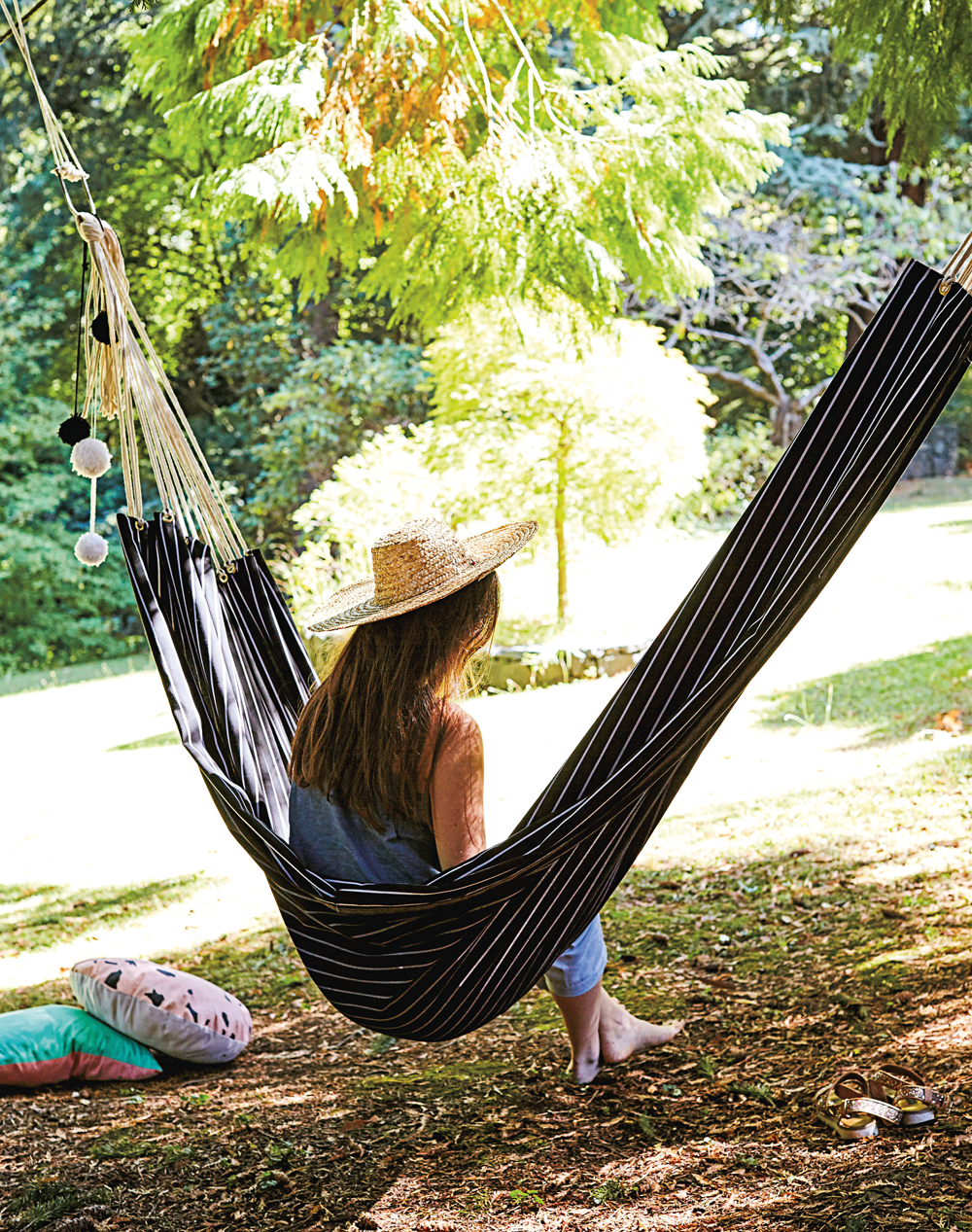On the eve of London Fashion Week, here are some starting points for dressing with a conscience
ON DEMAND & CUSTOM MADE
Encompassing made-to-order, tailormade, and DIY. Campaigners believe that the fashion industry should be more responsive to consumer demands, rather than make in bulk. Consumers can put this into practice, too. If we play a role in the production of our clothing, we’re more likely to look after it and hang onto it. Getting custom-made is an increasingly affordable option, thanks to the likes of Fox in a Glove, foxinaglove.com, offering modern styles made in Europe, and Brighton-based Dig For Victory, digforvictoryclothing.com, which specialises in vintage-inspired shapes. Clever sewers can make their own clothes. For fashionable patterns, try the Sewing Your Perfect Capsule Wardrobe project book by Arianna Cadwallader and Cathy McKinnon (Kyle Books), Sew Over It (sewoverit.co.uk) and Tilly and the Buttons (tillyandthebuttons.com).
GREEN & CLEAN
Try to buy green, where you can – and ideally items that are green through every step of the process. The textile certification helps identification, but in general look for organic, natural fibres, such as wool, cotton, silk, lyocell and hemp, rather than the likes of petroleum-derived polyester, nylon or acrylic, which don’t typically degrade in nature. Ideally you’d be able to track a garment’s credentials at every stage of production – virtually impossible at the moment, so join the campaign for greater transparency from clothing brands at fashionrevolution.org/about/transparency.
HIGH QUALITY & TIMELESS DESIGN
When you buy, try to buy better. The WRAP Love Your Clothes campaign offers best buy guides at loveyourclothes.org.uk/guides/best-buy-guides that highlight what to look for to get the most from an item of clothing. Livia Firth’s #30wears campaign is simply a prompt to ask yourself before buying if you’ll wear something at least 30 times – it’s surprising how many garments won’t reach this criterion.
FAIR & ETHICAL
Referring to traditional production, artisan crafts and animal rights. As with the Green & Clean, try to find out who made your clothes – and if anybody or anything has been harmed in the process. This can feel impossible to ascertain, so demand better and join in Fashion Revolution Day on 24 April by asking companies, Who Made My Clothes? To educate yourself further, try a copy of Fashion Revolution Zine (fashionrevolution.org), or a free course exploring the subject; futurelearn.com/courses/who-made-my-clothes.
REMAKE, REPAIR OR UPCYCLE
Extending the life of a garment by nine months reduces its impact on the environment by 20–30%. Learn the quick fixes – replacing a broken zip, sorting a wayward hem – to keep a garment in use, or up the ante and try remaking your clothes entirely. Dressmaking courses around the UK are listed at thesewingdirectory.co.uk/workshops-and-courses/ – or take advantage of the skills of a local tailor to keep beloved items in use.
RENT, LOAN OR SWAP
There’s a wealth of desirable clothing that won’t cost you a penny, if you decide to borrow from friends and family. ‘Swishing’ parties – pooling donated clothing and accessories – are a social way to share unworn clothes. And for big occasions, consider hiring rather than buying
an unlikely to be worn again frock: wearthewalk.co.uk and girlmeetsdress.com offer fashionable rental options.
SECONDHAND OR VINTAGE
Extend the life of an item of clothing by buying secondhand or vintage. See issue 63 of The Simple Things for pleasurable ways to shop secondhand, from car boots to charity shops. On Instagram @knickers_models_own offers plentiful inspiration on how to style pre-loved clothes: Caroline Jones did a full year of only dressing in clothes sourced from Cancer Research shops. And it goes both ways: hand on your own items, rather than throw away. Even garments that are no longer wearable can go for textile recycling.
Green Strategy, a Swedish consultancy on improving sustainability, suggested these seven ways we can start to shop and dress more sustainably. You can read all about it by searching ‘seven’ at their website, greenstrategy.se.
Turn to page 89 of September's The Simple Things for more on our ethical fashion feature.








